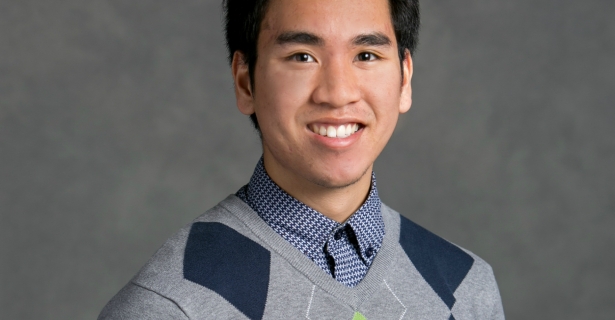I remember my middle school science teacher telling me, “Put good in, get good out!” as she reminded my class to eat breakfast and snack throughout the day if we needed to.
When I first started working with the Center for Young Women’s Health at the Children’s Hospital of Boston, I thought I would be interpreting and explaining medical procedures to patients. I soon realized that the Center does not exist primarily as a physical location. Instead, it is an online collection of resources for adolescent women to educate themselves regarding nutrition, health maintenance, sexual and reproductive health, and mental health. As a educational resources intern, I work with the Center’s director to identify and create health guides for Spanish-speaking patients.
My work in the first few weeks has mainly focused on nutrition which I initially was disappointed with. I came for “real medicine” and was hoping to focus on women’s health issues, but the focus has shifted to encompass immigrant/refugee health. The first project we worked on aims to clarify the convoluted food labeling system in the US. For example, the beverage Sunny D at first glance is often mistaken as fortified orange juice. Its label advertises that it contains 100% Vitamin C and the orange wedge designs suggest that the beverage is somewhat healthy, instead the beverage contains only 5% juice that is sweetened with corn syrup and is packed with artificial dyes. For many parents who are unfamiliar with the food labeling system in the US, including many immigrant parents, the decision to purchase the drink under the impression that it’s “basically orange juice” is misleading and potentially harmful. With little nutritional value and excessive sugar content, kids end up drinking calories that are unsatisfying to their body leaving to high calorie diets.
The first educational guide I worked on explained healthy and unhealthy snacks to improve dietary choices and to debunk food myths for parents. The following week I researched food deserts. It is irresponsible for health care providers to point fingers and pass blame to parents fr unhealthy diets without context. For a significant population, healthy and fresh vegetables are indeed a luxury because the grocery stores and farmers markets that offer these goods may not be easily accessible or affordable — these areas are known as food deserts.
Looking back to what my teacher had said, I agree that if you eat well, you perform well, which goes for athletes and mathletes! The Center’s mission to educate parents and patients to improve health goes beyond medical interventions. In my capacity as an resource outreach intern, my research and work has focused on nutrition in immigrant and refugee Spanish speaking families and how their food-choices impact their long term health. My time so far with the Center has required me to absorb so much information, and the hardest challenge is sharing the important information in a foreign language while still making sure the information is educational and useful.

